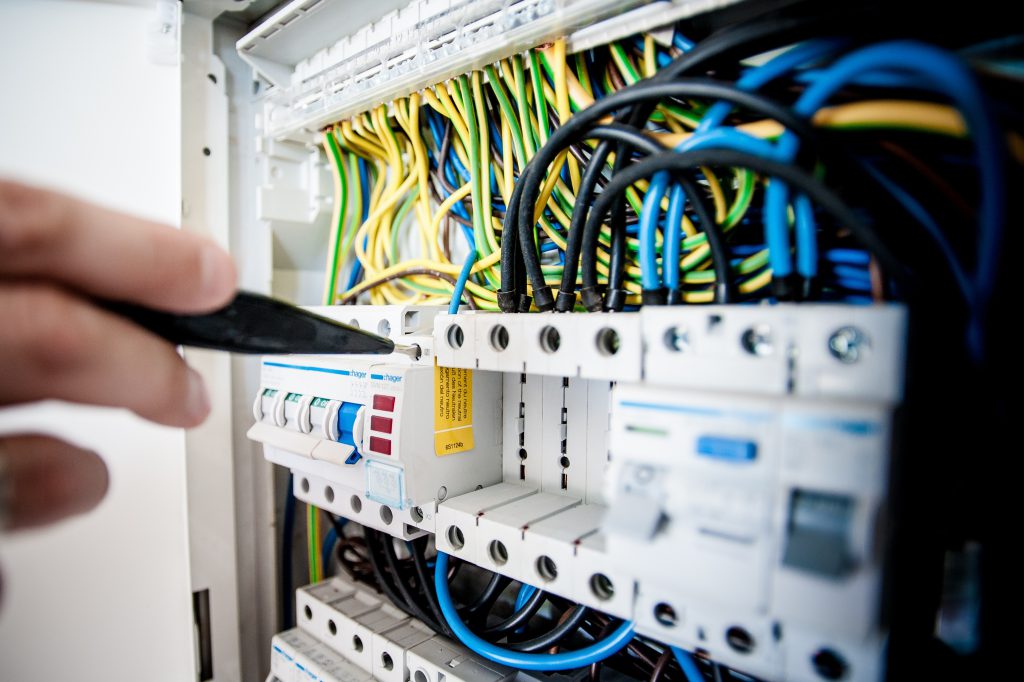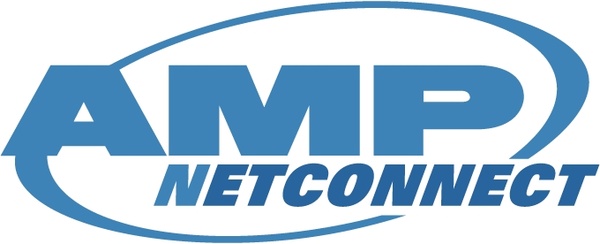Network and Cabling
Network cables are used to connect and transfer data and information between computers, routers, switches and storage area networks . These cables are essentially the carrier or media through which data flows.
We make a point of understanding your business requirement and how it operates. This enables us to develop and install a cost–effective, flexible network and cabling system that will expand in line with your business needs.
Network and cabling installations are carried out to the highest standards, and our experienced engineering team ensure that the entire installation is fully tested using the latest technology. All our work is certified and we provide an after–sales contract tailored to your needs and budget.

Network and Cabling Products
We provide many top products such as Aruba, Cisco, Ruckus, Huawei along with top cabling equipment such as AMP and Interlink.
Additionally, our turnkey services include:
- Cable plant design & implementation
- Voice/data cabling Cat5, 5e and 6
- Fiber Optic Cabling (design, implementation and testing)
- Cabling, design and implementation for the following applications
- Computer networks
- Security systems
- Wireless communications
- Telephony
- Maintenance of installed cable infrastructure – performing and documenting moves, adds and changes
- Location and labeling with hand-held labelers
There are different types of communications cables, and the appropriate type to use will depend on the structure and topology of the overall architecture of the system. The most commonly used types of communications cables are dominated by what is referred to as “twisted pair cable”. In local area networks; typically office environments, retail and commercial sites, copper communications cabling, i.e. twisted pair cable is by far the most commonly used type of cable.
Twisted pair cable is used in many ethernet networks. Comprising of four pairs of thin wires or conductors, these ‘wires’ or conductors, are contained inside of the insulation or outer sheath of the cable. Each pair is twisted into several additional twists. These twists are designed to prevent interference from other devices and indeed from other adjacent cables!
Fibre optic cabling is specified where high bandwidths may be needed; especially in the data center environment and where an installation demands high capacity, typically a hospital, airports, banks….However, Fibre optic cabling is fast becoming the medium of choice for any installation that is sending high volumes of data!





